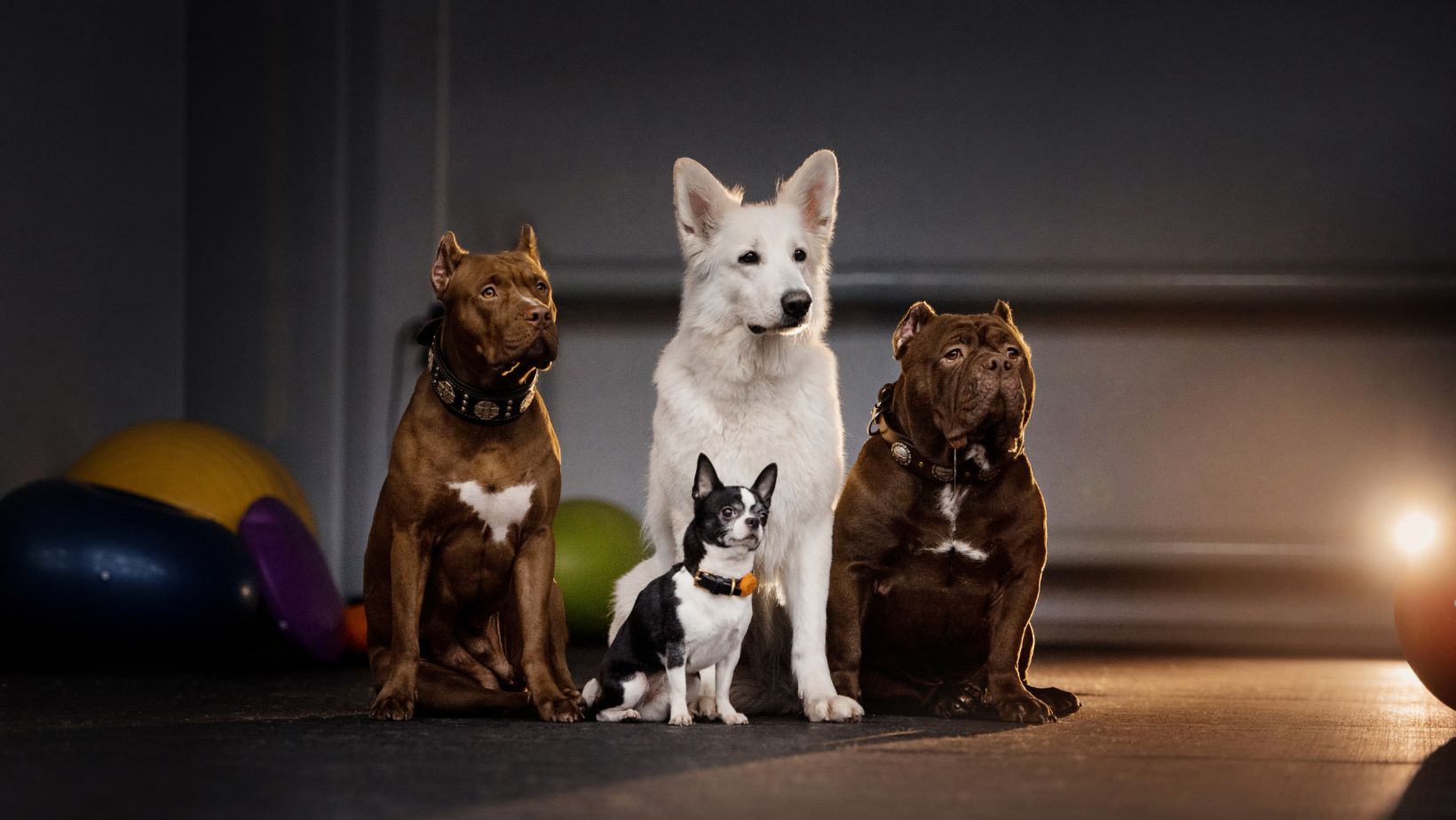When it comes to insuring our furry family members, there is no denying that certain dog breeds are considered higher risk than others. Whether it’s due to their size, temperament, or historical incidents, insurers have their own perspectives on which breeds pose a higher risk. Similarly, pet owners may have their own ideas about which breeds are more likely to need extra coverage.
Insurers often assess the risk associated with certain dog breeds due to their potential for aggressive behavior, which can result in bites or attacks. As a result, they might classify certain breeds as “high-risk” and adjust their insurance policies accordingly. It’s important to note that these classifications can vary between insurance companies and regions. Here’s an overview of how insurers typically view high-risk dog breeds:
Factors Considered by Insurers
- Breed-Specific Legislation (BSL): Some regions have enacted BSL that targets specific breeds deemed dangerous. Insurers might consider this legislation when determining their policies and rates.
- Bite Statistics: Insurers often rely on bite statistics to assess risk. Breeds with a higher number of reported bites or attacks might be considered high-risk.
- History and Temperament: Certain breeds are historically known for being aggressive or having protective instincts. Insurers might consider a breed’s temperament and history when assessing risk.
- Size and Strength: Larger and stronger breeds are often considered more capable of causing significant harm, which might lead to higher insurance rates.
- Ownership Requirements: Some insurers may require certain safety measures, like secure fencing, when insuring high-risk breeds. Compliance with these requirements could affect policy costs.
Insurer’s Perspective
Insurers consider certain dog breeds high-risk based on data and historical incidents involving these breeds. Insurance companies aim to assess potential risks and determine coverage accordingly. Factors such as breed-specific legislation, bite claims, and breed reputation play significant roles in insurers’ views on high-risk dog breeds.

According to the Insurance Information Institute (III), dog-related injury claims cost insurance companies hundreds of millions of dollars annually. Certain breeds, such as Pit Bulls, Rottweilers, and German Shepherds, have been involved in a disproportionate number of these incidents. Consequently, insurers may choose to either exclude coverage for these breeds altogether or charge higher premiums to offset potential risks.
Statistics on Dog-Related Incidents
To better understand insurers’ views on high-risk dog breeds, it’s essential to examine the statistics behind dog-related incidents. The Centers for Disease Control and Prevention (CDC) estimates that approximately 4.5 million dog bites occur in the United States each year. While not all bites result in severe injuries, a fraction of these incidents can be serious or even fatal.
The American Veterinary Medical Association (AVMA) reports that breed-specific data regarding dog bites is unreliable. It is challenging to determine the exact breed responsible for an incident, potentially leading to misidentification and misrepresentation. Despite the lack of definitive data, certain breeds tend to be more commonly associated with aggressive behavior due to historical incidents and media portrayal.
Breeds Often Considered High-Risk
While the list can vary, the following breeds are often cited as high-risk by insurers due to their historical behavior and potential for aggression:
- Pit Bull Terriers
- Rottweilers
- German Shepherds
- Doberman Pinschers
- Chow Chows
- Akitas
- Siberian Huskies
- Alaskan Malamutes
- Staffordshire Bull Terriers
Insurance Implications
- Coverage Denial: Some insurers might choose not to cover certain high-risk breeds altogether due to the perceived risk.
- Higher Premiums: If coverage is available, owners of high-risk breeds might face higher insurance premiums to account for the increased potential for claims.
- Breed Exclusions: Insurers might exclude coverage for injuries or damage caused by high-risk breeds, limiting the circumstances under which an owner can file a claim.
- Safety Measures: Insurers might require additional safety measures, such as behavioral training or secure fencing, before providing coverage for high-risk breeds.
Owner Responsibility
Dog owners of high-risk breeds should be aware of their responsibilities to ensure the safety of their dogs and others:
- Training and Socialization: Proper training and early socialization can help mitigate aggressive behavior in any breed.
- Responsible Ownership: Owners should adhere to local laws, keep their dogs on leashes in public places, and properly manage and control their dogs’ behavior.
- Behavioral Assessments: Some insurers might consider behavioral assessments to determine an individual dog’s temperament and adjust coverage accordingly.
Diverse Perspectives
It’s important to consider diverse perspectives when discussing high-risk dog breeds and insurers’ views. Many dog owners and animal advocates argue that breed discrimination by insurers is unfair and based on stereotypes. They emphasize that a dog’s behavior is primarily influenced by individual upbringing, training, and owner responsibility rather than breed alone.
Furthermore, some countries and states have taken steps away from breed-specific legislation and instead focus on responsible pet ownership. For instance, several states in the United States have passed laws against breed-specific insurance discrimination, ensuring equal insurance coverage regardless of the dog’s breed. This approach shifts the focus from breed-specific policies to holding dog owners accountable for their pets’ behavior, regardless of breed.
In Conclusion
While breed-specific legislation is complex and continues to evolve, insurers’ views on high-risk dog breeds remain consistent. Certain breeds are often cited as high-risk due to a combination of historical behavior and media portrayal. This can affect both insurance availability and costs for owners of high-risk breeds. Despite these challenges, responsible pet ownership remains the best way to ensure the safety of both pets and people.
